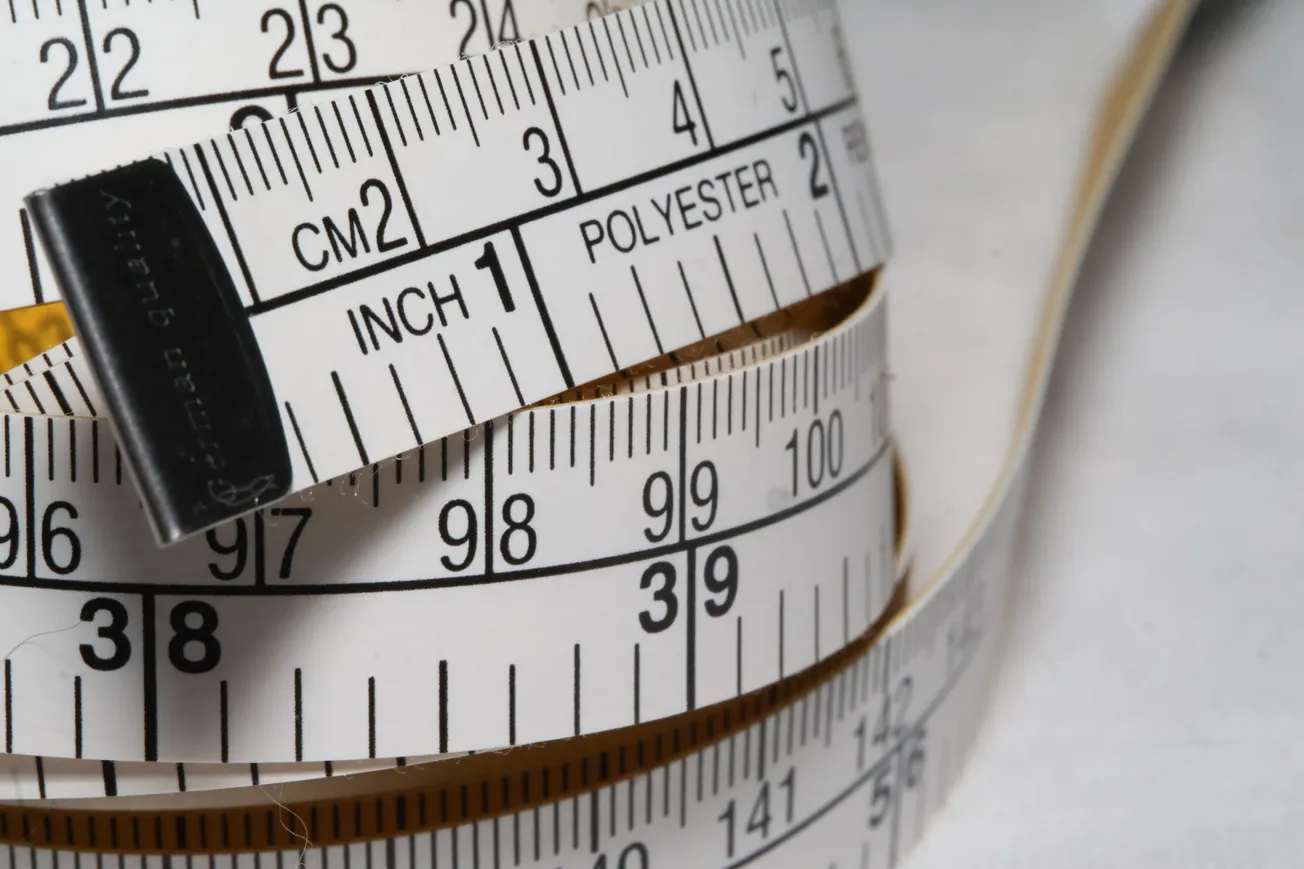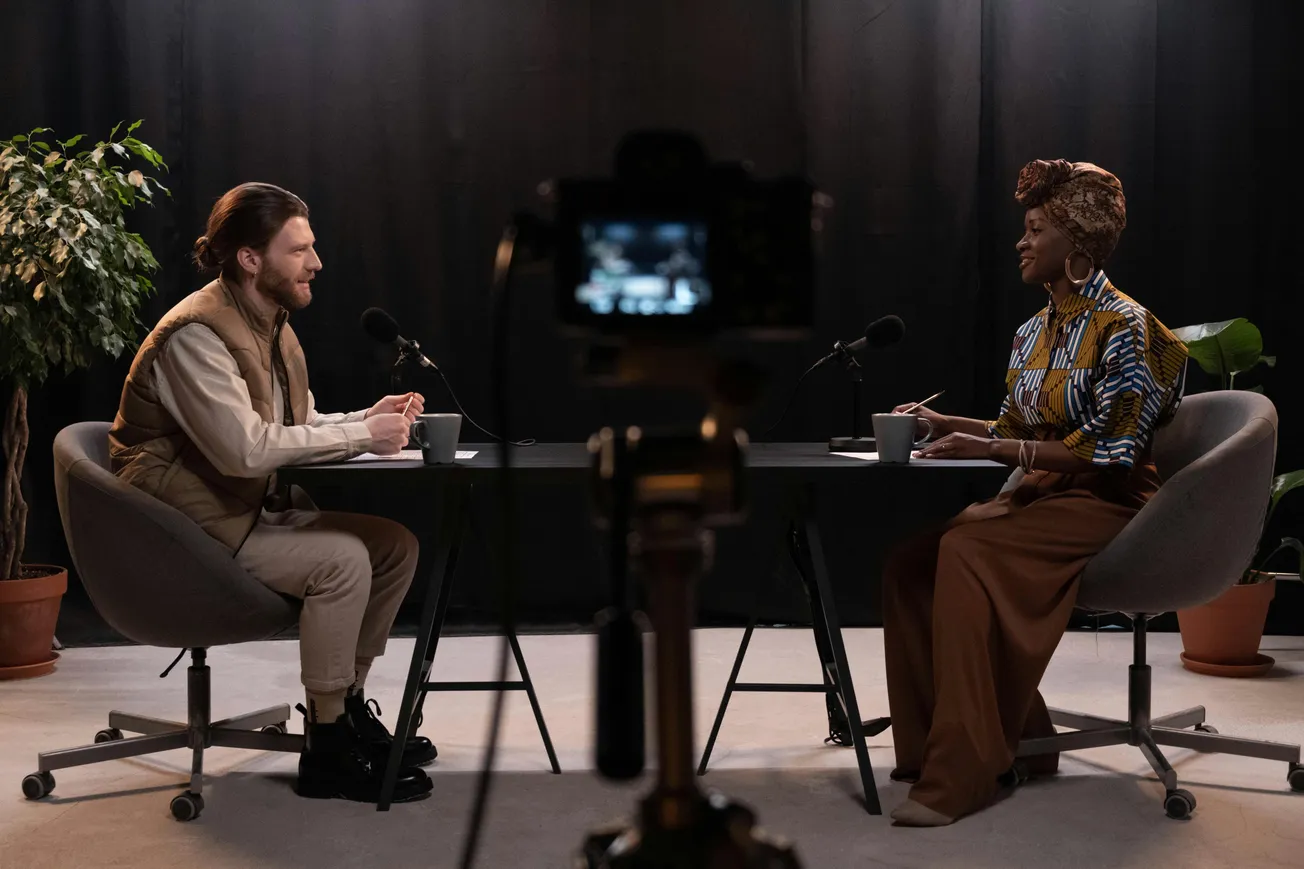Listens + watches (no downloads) = consumption.
That's the new metric unveiled last week to measure podcast reach.
And, by that new metric, more than half of Americans are monthly podcast consumers.
Edison Research’s Infinite Dial 2025 report introduced a shift in how the podcasting industry measures its audience. For the first time, the report defines “podcast consumption” as including both audio listeners and video viewers—an expanded methodology that reflects evolving listener habits and the growing role of video in the podcasting space.
With this broader definition, Edison reports that 73% of Americans aged 12 and older, or approximately 210 million people, have now consumed a podcast.
“The reality is that the overwhelming majority of people who watch podcasts will say that they are podcast listeners,” said Megan Lazovick, Vice President at Edison Research. “But as more people discover the platform via video, it’s smart to think about it as consumption instead of just listening.”
This updated metric acknowledges the medium’s expansion beyond traditional audio platforms and helps explain the significant increase in podcast reach.
According to Edison, 51% of Americans have watched a podcast, while 48% report having both listened to and watched one. Platforms like YouTube have played a central role in this shift, with 33% of weekly podcast consumers using the video site to access shows.
From Downloads to Consumption: A Shift in Measurement
Podcast measurement has historically relied on metrics such as downloads and listens, which primarily captured audio-based engagement.
In the early days of podcasting, downloads were the dominant indicator—automatically triggered when a new episode was made available to subscribers’ devices. However, this metric did not necessarily reflect whether an episode was ever played or heard.
As streaming gained popularity, listens or streams became the more accurate indicator of actual engagement, tracking instances when users pressed play. Still, this approach focused exclusively on audio, failing to account for the growing number of users engaging with podcasts through video platforms.
The rise of video podcasting—particularly on YouTube—created a blind spot in measurement. Millions of users were engaging with podcast content in a visual format, yet these interactions were not being included in traditional audio metrics.
The new definition of “consumption” aims to correct this oversight by incorporating both audio and visual engagement.
The Broader Impact of Redefining Consumption
Edison’s broader definition has significant implications for creators, platforms, and advertisers.
For content creators, the new metric validates a shift many had already embraced: producing podcasts that work in both audio and video formats. The ability to reach users through multiple mediums can expand audiences and foster deeper engagement. Video production—once seen as optional—is increasingly becoming a standard component of podcast strategy.
For platforms, the change highlights YouTube’s growing dominance in the podcast space. While audio-focused platforms like Apple Podcasts and Spotify remain popular, YouTube’s visual capabilities have made it a top destination for podcast content. This trend may push traditional podcast platforms to invest in video support and hybrid experiences to stay competitive.
For advertisers, the revised measurement expands potential reach and advertising formats. Video podcasts introduce new monetization opportunities, including visual branding, product placement, and integrated video ads—all of which enhance the value proposition for marketers targeting podcast audiences.
A More Accurate Picture of Podcasting’s Reach
The term consumption offers a more comprehensive view of how audiences interact with podcast content. Unlike downloads or listens, consumption captures user behavior across platforms and formats, acknowledging that the medium is no longer bound to audio alone.
The implications of this shift are clear: podcasting is now a multi-format medium, and audience measurement must reflect that complexity. As more consumers discover podcasts through visual platforms, and as creators continue to expand their content offerings, a unified definition of consumption will be essential to tracking growth, engagement, and cultural impact.
With 73% of Americans having consumed a podcast—whether by listening or watching—The Infinite Dial 2025 signals a new era for the medium. Podcasting is no longer something people just listen to. It’s something they watch, share, clip, and engage with across a growing ecosystem of platforms and formats. The numbers are finally catching up to that reality.










